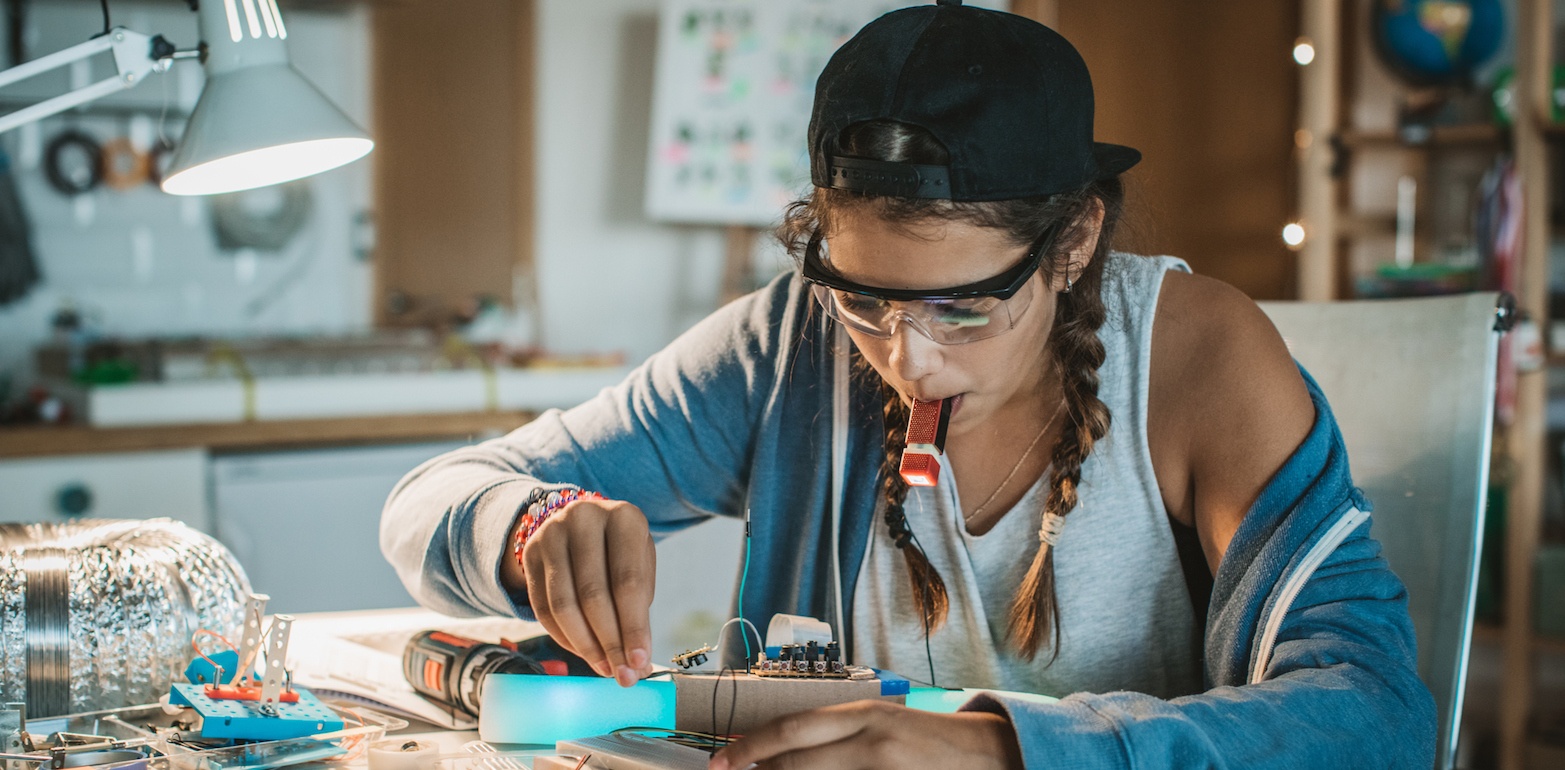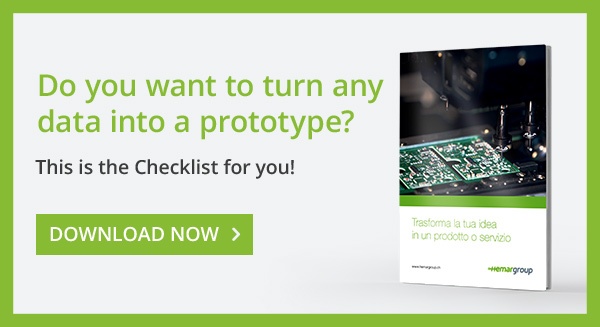
So, you’re already dreaming of your great app or the next program to create... now what? If you are a developer, CEO, product manager, or brilliant startupper, turning your rough idea into a working piece of technology will require expertise and a great deal of passion.
It's not a mission impossible, but nor will it be easy.
We live in a world flooded with technology and innovation, where lots of entrepreneurs are looking for ideas to develop into new products.
This is often a daunting process, however. Don't worry.
You simply need to split the process into phases and proceed step-by-step. Here's how to develop a new product.
5 steps to develop your tech product and wowing the market
1. Clearly define the product and objectives
Before writing even a single line of code, you'll have to do some research.
Does your idea already exist? Who are your competitors and what features do their products have? What is your target market?
Moving forward in a sector that is already overcrowded can become discouraging, but if your idea really offers something new on the market, you can position yourself and achieve success, even in a short time. The next step is therefore even more important: is there a current demand for your app? And would your app meet this demand effectively?
Very often, even before writing codes and making prototypes, the most important step is to contact your network of friends and relatives, and ask: "This is my core concept. What do you think of it? Is it well presented? Is it easy to understand? Would you use it?"
Create a document specifying every detail of your product, including its features, functions, size, price and target market.
Keep in mind that this phase of the product development is simply a balancing act between pushing towards new horizons and making compromises. As in life, however, you can't have everything right away.
For example, when developing new wearable tech products, keeping the size small is likely to be your top priority, but this means sacrificing other features, such as performance or battery life.
An example of a famous "compromise" concerns Steve Jobs' decision to eliminate keyboards for mobile devices. At the same time, however, other product designers insisted that having a physical keyboard was essential. But Jobs felt that an attractive appearance and large screen size were preferable to a real keyboard. This compromise was wise, yet at the same time revolutionary and radically changed the nature of mobile devices.
2. Hire an engineer to design the electronics
Once everything is ready for launch, you will need to choose a manufacturer before things really take off.
Having a shot at doing it yourself is not productive.
The costs, aptitude and speed to enter the market are factors to consider. It is always tempting to think of taking a do-it-yourself approach to projects like this, but getting on the market as quickly as possible can be crucial for your idea to be successful.
Recruiting external help is often the winning card.
An electronic engineer will first want to define the technical features and choose the necessary components (microchips, displays, sensors), based on the specifications and requirements provided for your product. Don't be surprised if you need to make some of those famous compromises at this stage. After selecting the components, the engineer will connect everything in a printed circuit and, depending on the project, will even be able to use computer simulations to test its functionality.
3. Produce the prototype
Generally, products consist of 3 major "building blocks": hardware, firmware, and software. The hardware is your actual physical product, the firmware is the program that makes it work, and the software is the program that end users interact with (app, website, cloud portal...). It is usually a good rule to develop them in parallel, so that each part can be constantly updated along with the others, adapting them to the mutual requirements that arise as the project progresses, such as more memory, a few more LEDs, etc.
Each step requires different skills and equipment, which is why you usually need more than one partner, or to find one who can offer all the necessary skills under one roof.
For example, for the software / user interface part, i.e. when you and your team are getting ready to build the app framework, you can save a lot of time (and money!) by finding relevant application programming interfaces (APIs) that can be integrated directly into your final product.
When you need to explain to an investor or another team (who are not as technologically-minded as you!) what an API is, you can tell them it is a simple way for applications to perform the various internal processes of your product directly and in blocks. For example, if your app needs a shopping function, the best thing to do is to take advantage of a system that has already been developed by an e-commerce retailer. There's no point in re-inventing the wheel if an API can get you where you need to go.
At the same time, your electronic engineer will create design files and then make some units to test. The electronic prototype can get broken at two critical moments: when creating the PCB (printed circuit board) itself or during the initial tests. So, make sure you produce enough prototypes - usually at least 3-5.
4. Assess, plan, and review
Developers and project managers know that the path to making a new product a reality is littered with hitches and technical problems.
To minimize the inevitable delays that this clash with reality can cause, it is important to test the product before, during, and after its development phase. Launching automatic or long-lasting tests can help you improve the stability of the finished product, as well as gaining a deep understanding of how, when, and why things do not work (and thus, more importantly, how to make the necessary adjustments!).
Once you have the assembled board, it's time to see if it works! A good strategy is to first assess the performance of those aspects that don't fall under design planning, such as energy management. Then move on to the details.
Some of the problems encountered with the electronic parts will need to be fixed in the next version of the PCB. Of course, the hope is that there won't be any problems, but in reality, it never happens that way.
A design engineer can assist in developing an infinite number of tech products and the first version will never once be the same as the final one! That's the way it always is when you create a non-trivial new product.
You will need to assess, plan, and test multiple different versions before you end up with a product that’s ready for the public. Generally, it takes 2-3 cycles of prototyping to create a good product.
5. Develop the packaging
Your tech idea is finally a reality, now it's time to sell it! As with any product, it's important to know where your consumers are. If it is a product intended for retail sale, then your best consumers will be in front of shop windows. If instead you have developed a B2B application for a specific industrial sector, it will be more expedient to find the right distribution channel.
This is another step that should be taken in parallel with the development of the electronic parts. If appearance is crucial to your product, then you need to hire a talented industrial designer to make your product look good too.
As with the electronics, this will also take multiple attempts to create customised packaging ready to wow the market. Things get complicated because we can use different technologies for prototypes (3D printers) and for production. If, on the other hand, appearance is not a priority, you could consider the idea of using standard packaging, at least to begin with.
Never strive for perfection when you develop your product.
The goal is to get it on the market as soon as possible, in order to collect the first sales feedback. Later, you will need to adapt it to incorporate what you have learned from your initial sales, before going into full production.
Only after the market has shown its approval and responded positively you can really think about selling large numbers and thus having a winning product.
Looking for help with your project? Get in touch with us!
.png)
